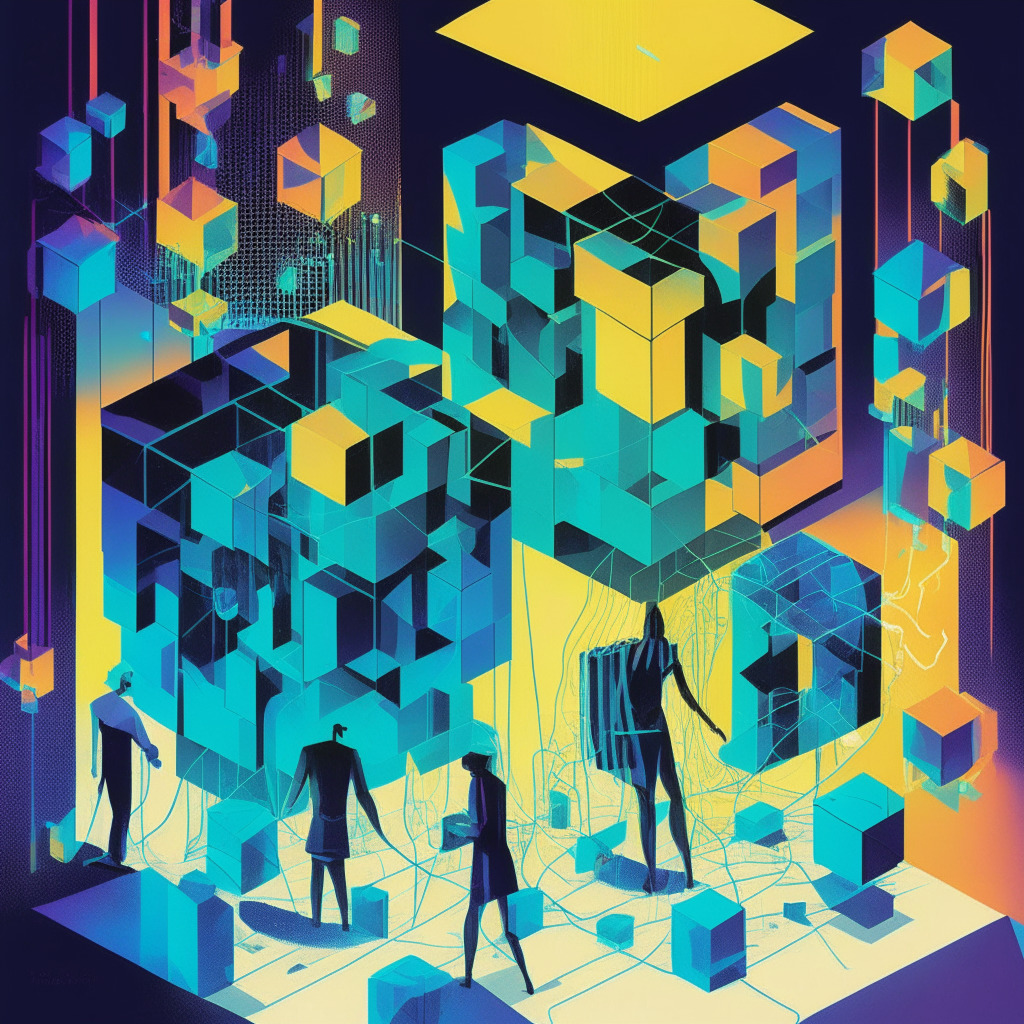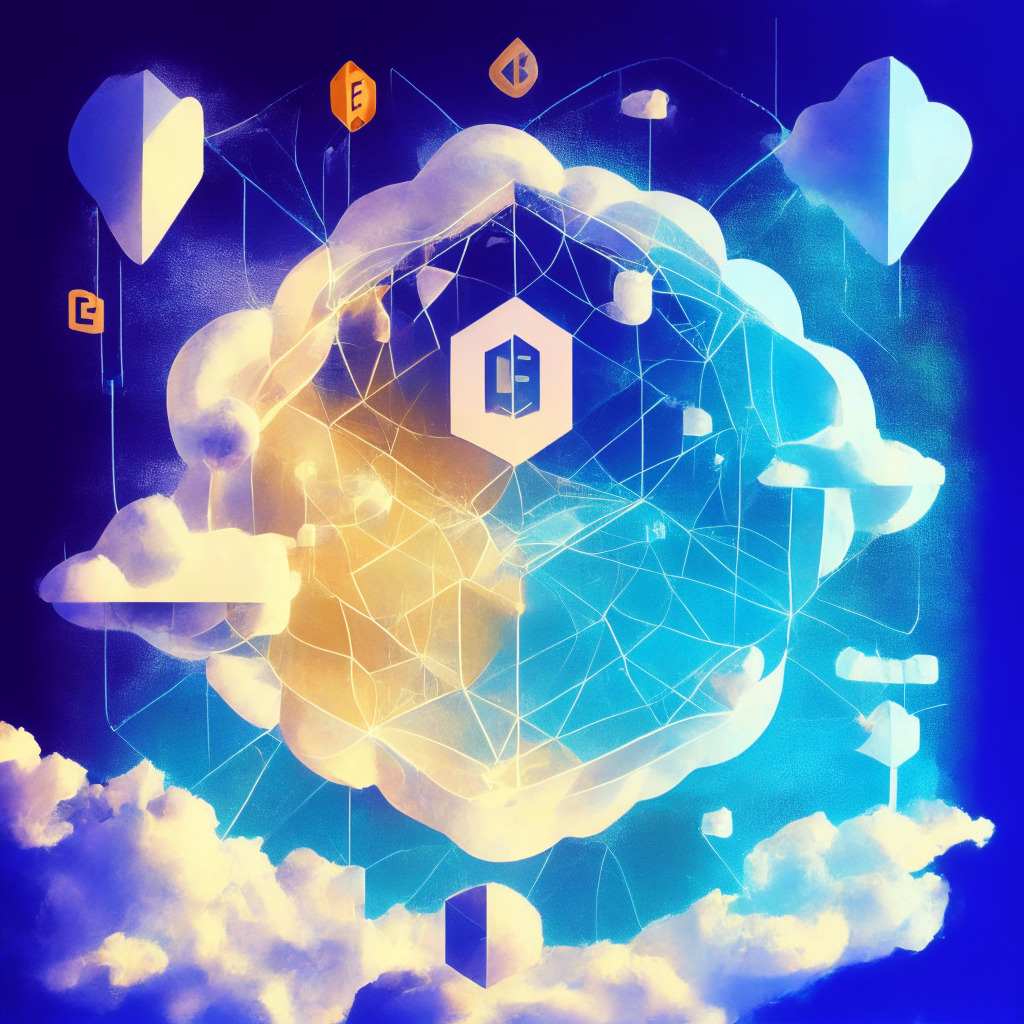The world is swiftly embracing blockchain technology, a change that echoes in the rising value of cryptocurrencies like BTC, ETH and XRP, as demonstrated by the latest trends. Yet, the prevalent hype may sometimes compromise a clear examination of blockchain’s potential flaws and limitations.
The beauty and magnetism of blockchain largely spring from its decentralized nature. Blockchain eliminates the need for a central authority, creating a decentralized ledger where all participants have access to the same information. This results in a more transparent and secure environment. It also speeds up transaction times and reduces costs, especially in cross-border transactions.
However, as attractive as these benefits might be, they come with a few complications. The technology is still much in its infancy and many still find it complex to understand and use. The decentralized nature of blockchain has made it a haven for illicit activities, where transactions are almost impossible to trace. Also, as no central authority governs its operations, in the event of a dispute, users are often left with few channels for resolution.
Another talking point is the energy consumption tied to blockchain technology, particularly with cryptocurrencies like BTC. The proof-of-work mechanism, which is essential in maintaining the system’s security, consumes substantial amounts of electricity, sparking environmental concerns.
Meanwhile, the introduction and meteoric rise of NFTs and DeFi have highlighted blockchain’s versatility and potential for growth. NFTs have revolutionized the art world, providing artists with new ways to monetize their work and interact with their fans. With DeFi, traditional financial services are being reinvented on the blockchain, promising financial inclusion for unbanked populations.
Nevertheless, both these ventures do carry significant risks. The volatility of the crypto market, coupled with a lack of regulation, leaves investors prone to significant financial losses. Additionally, the legal landscape surrounding NFTs remains unclear, with issues about copyright infringement and ownership still an area of contention.
In summary, the promise of blockchain technology is undeniable. However, while we marvel at its growth and potential, it is critical to acknowledge its shortcomings and risks. As we continue to navigate this brave new world, a well-informed and balanced perspective can go a long way in ensuring a more secure and beneficial environment for all stakeholders.
Source: Cointelegraph




